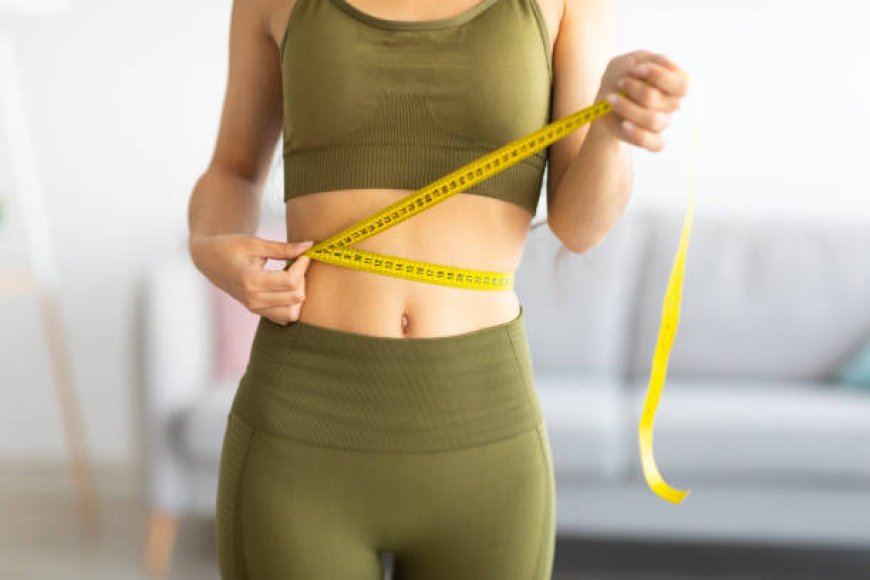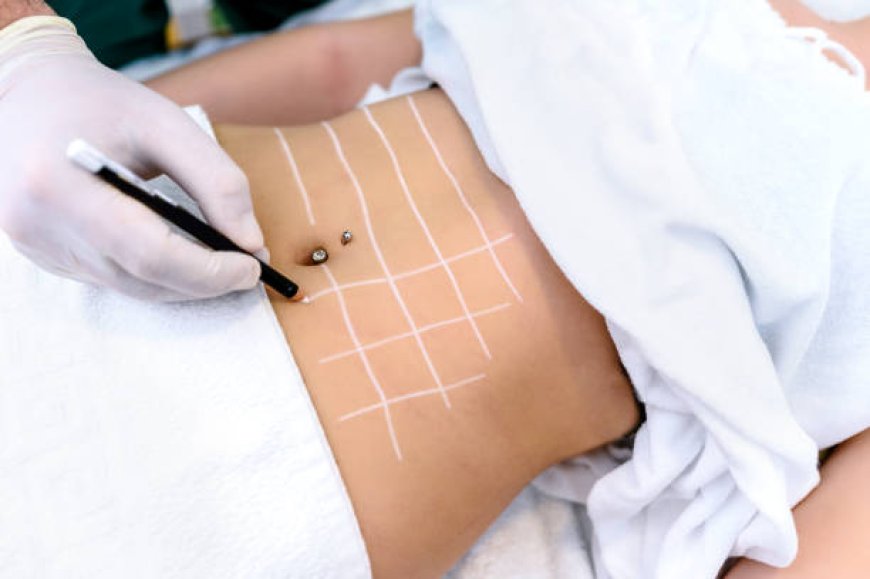"Understanding Liposuction: A Path to a More Sculpted You"
Liposuction is a powerful body contouring tool that can help refine and reshape specific areas of the body for a more harmonious and balanced look.

Liposuction in Islamabad has become one of the most sought-after cosmetic procedures for individuals looking to achieve a more contoured body. This procedure is not designed for weight loss but rather to target specific areas of stubborn fat that resist diet and exercise. By removing these pockets of fat, liposuction can help people gain confidence and enhance their body proportions. Here, we’ll dive into what liposuction is, the different techniques available, the ideal candidates, and what to expect during recovery.
What Is Liposuction?
Liposuction is a minimally invasive surgical procedure that removes fat cells from specific areas of the body. Common treatment areas include the abdomen, thighs, arms, chin, and hips. Unlike general weight loss, which reduces fat across the body, liposuction focuses on localized fat removal, sculpting particular areas and providing a more defined body shape.
It’s essential to understand that liposuction isn’t a solution for weight loss or obesity. Instead, it’s best suited for individuals close to their ideal body weight who want to address specific problem areas. When performed by a qualified plastic surgeon, liposuction offers a safe and effective way to achieve a refined look.
Different Liposuction Techniques
Liposuction has evolved over the years, and today’s advanced techniques allow for more precise results and shorter recovery times. Here’s an overview of some popular liposuction methods:
-
Tumescent Liposuction: This is the most widely used technique and involves injecting a solution of saline, lidocaine (anesthetic), and epinephrine (to minimize bleeding) into the targeted area. This fluid mixture makes the fat easier to remove and minimizes post-operative pain and swelling.
-
Ultrasound-Assisted Liposuction (UAL): Using ultrasound energy, this technique liquefies fat before removal, making it easier to extract. It’s particularly useful for denser fat deposits and areas like the back and male chest.
-
Laser-Assisted Liposuction (LAL): In this technique, laser energy is used to liquefy the fat, making removal more precise and allowing for some skin-tightening effects. This is particularly beneficial for patients with mild skin laxity.
-
Power-Assisted Liposuction (PAL): PAL involves a vibrating cannula, or thin tube, that helps break down fat cells for quicker and more efficient removal. This technique reduces surgeon fatigue and is effective for larger treatment areas.
Each of these techniques has its benefits, and your surgeon will determine the best option for you based on your body type, aesthetic goals, and the specific areas being treated.
Who Is a Good Candidate for Liposuction?
Liposuction can be an excellent choice for individuals who meet certain criteria:
- Close to their ideal weight: Liposuction is designed for body contouring, not major weight loss, so ideal candidates are within 10-20 pounds of their target weight.
- Good skin elasticity: Skin that can easily conform to new contours provides the best results. Individuals with loose or sagging skin may benefit more from skin-tightening procedures.
- In good physical health: Good overall health lowers the risk of complications and promotes faster healing.
- Non-smokers: Smoking can impair healing and should be avoided before and after surgery.
- Realistic expectations: While liposuction can significantly improve body contours, it’s important to have a realistic understanding of what the procedure can achieve.
Preparing for Liposuction
Your plastic surgeon will provide specific preoperative instructions, but here are some general guidelines:
- Avoid certain medications: Blood thinners and anti-inflammatory medications can increase bleeding, so they should be stopped ahead of time.
- Quit smoking: Smoking affects circulation and can interfere with healing, so it’s recommended to quit several weeks before and after surgery.
- Arrange for transportation and care: Liposuction is often performed on an outpatient basis, but you’ll need someone to drive you home and possibly help you during the initial recovery phase.
What to Expect During Liposuction
Liposuction is usually performed under local anesthesia with sedation or general anesthesia, depending on the area and amount of fat being removed. Small incisions are made near the treatment area, through which a cannula is inserted to suction out fat cells. The surgeon moves the cannula in a controlled manner to carefully sculpt the area and achieve the desired contour.
The duration of the procedure varies but generally lasts one to three hours, depending on the number of areas treated and the specific technique used. Once completed, the incisions are closed, and compression garments are applied to reduce swelling and support the newly contoured areas.
Recovery and Aftercare
Recovery from liposuction varies by individual and the amount of fat removed. Here’s a general outline of what to expect:
- First few days: Swelling, bruising, and mild discomfort are normal. Compression garments help reduce swelling and promote healing.
- First week: Light daily activities can usually be resumed within a few days, but strenuous activities should be avoided. Most people can return to work within a week.
- 4-6 weeks: Compression garments are typically worn for several weeks to aid in contouring and reduce swelling. By this time, most people can resume more vigorous activities.
- 3-6 months: Final results are usually visible as the body fully heals, and swelling completely subsides. Maintaining a stable weight is essential to preserve results.
Benefits of Liposuction
1. Targeted Fat Removal: Liposuction allows for the precise removal of fat from stubborn areas, providing a more balanced and proportionate appearance.
2. Long-lasting Results: Fat cells removed during liposuction do not grow back. However, maintaining a stable weight is essential to sustain these results.
3. Boosted Confidence: Many patients experience an increase in confidence and body satisfaction, especially in areas that were previously resistant to diet and exercise.
Potential Risks and Considerations
Like any surgery, liposuction carries risks, including infection, contour irregularities, fluid accumulation, and blood clots. Temporary numbness and changes in skin sensation may also occur. Choosing a board-certified and experienced surgeon can significantly minimize these risks and enhance the likelihood of a successful outcome.
Cost of Liposuction
The cost of liposuction depends on various factors, including the surgeon’s expertise, the technique used, and the area(s) treated. In the U.S., prices typically range from $2,000 to $8,000 per area. Since liposuction is considered a cosmetic procedure, it is generally not covered by insurance.
Non-Surgical Alternatives
For those who prefer a non-invasive approach, there are options like CoolSculpting (fat freezing), SculpSure (laser fat reduction), and Kybella (an injectable for under-chin fat). While these treatments can reduce small amounts of fat, they generally do not achieve the same dramatic results as liposuction, especially for larger areas.
Conclusion
Liposuction is a powerful tool for reshaping the body and enhancing natural contours, giving patients a chance to achieve a more sculpted look. For those who are close to their ideal weight but have stubborn fat deposits, liposuction can be life-changing, helping them reach their aesthetic goals and boost their self-confidence. Consulting a skilled plastic surgeon is the first step to ensure that the procedure aligns with your expectations and results in a safe, successful transformation.

What's Your Reaction?





























